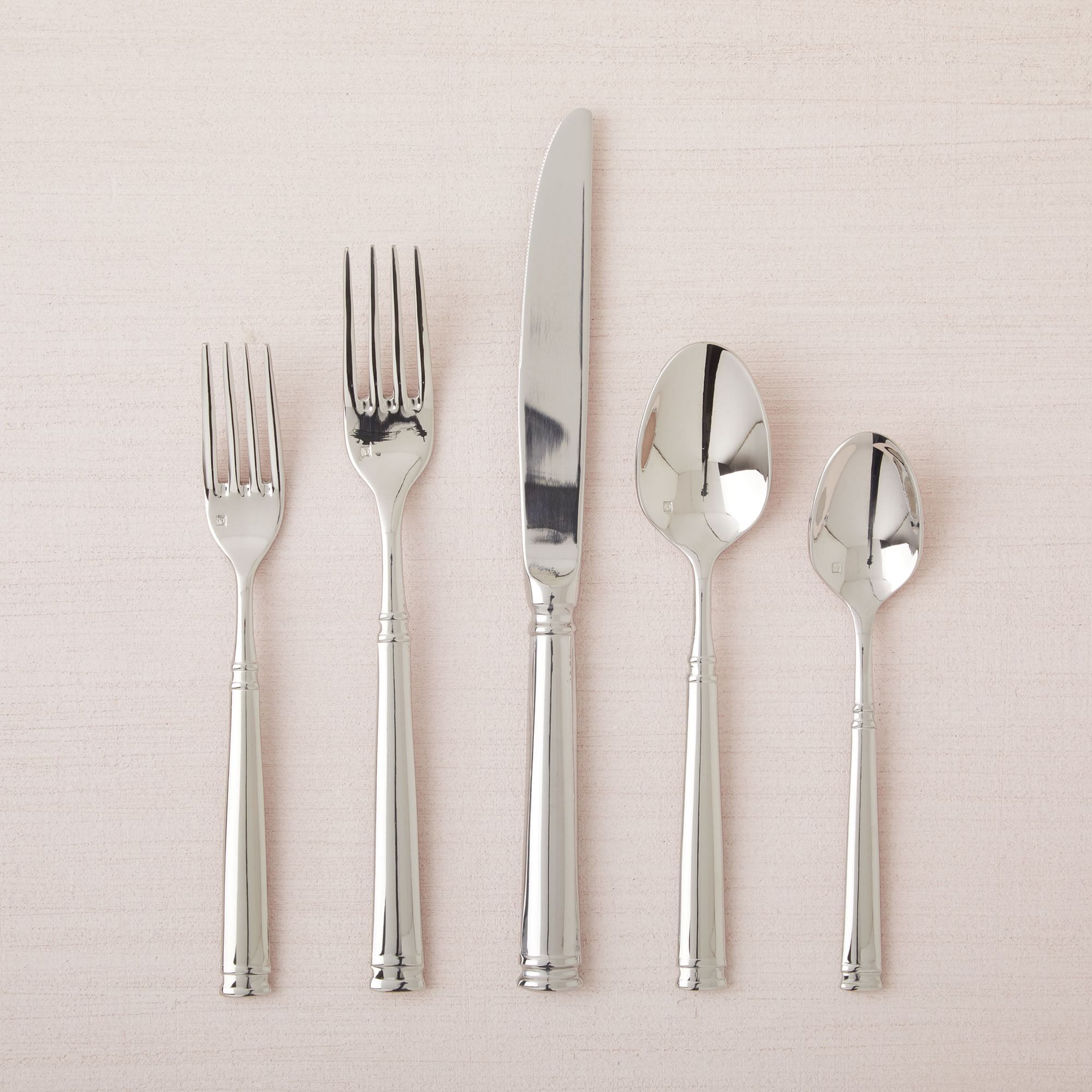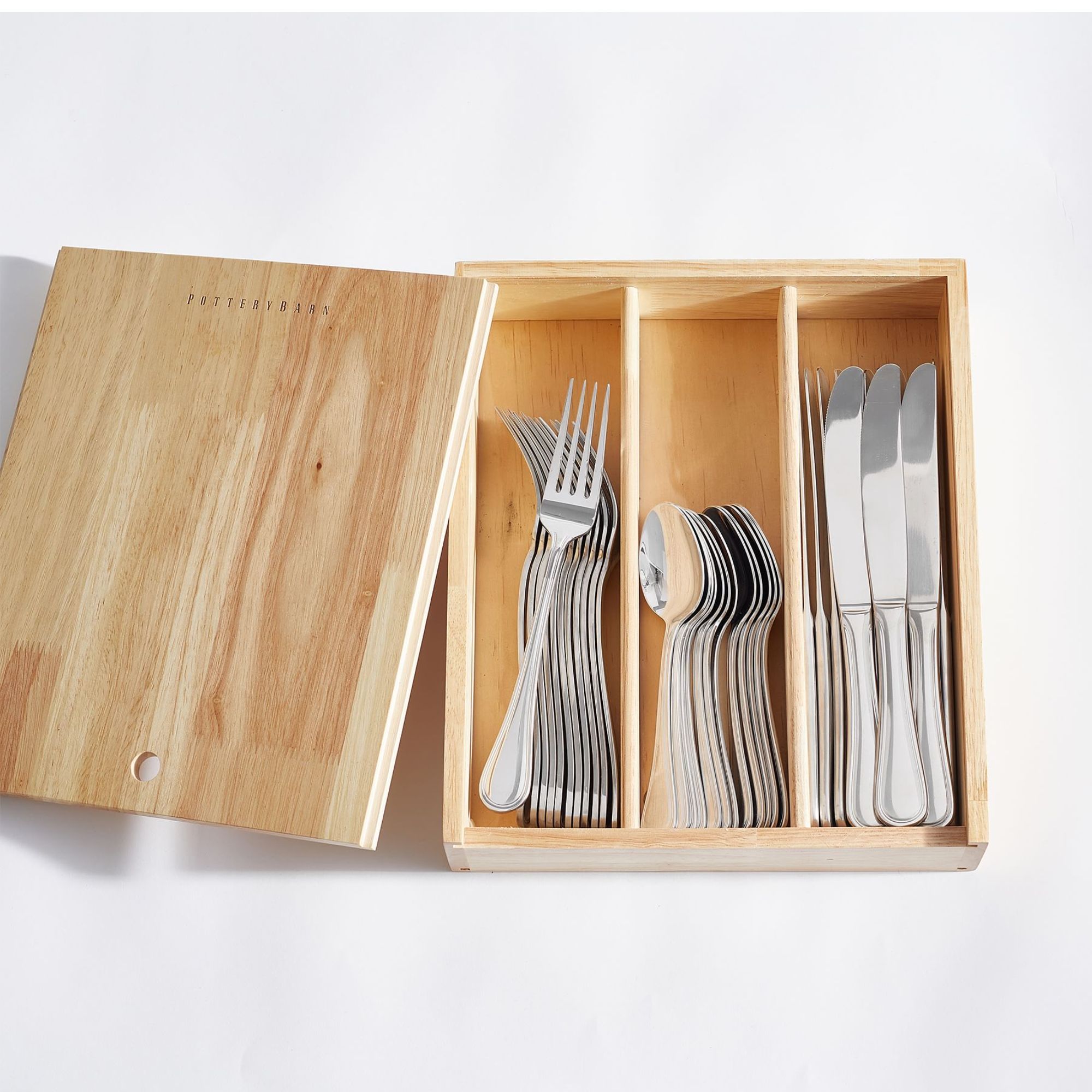The expert hack to polish silverware in seconds - using 4 simple ingredients
How to reinvigorate your silverware with just four ingredients in 30 seconds – for shiny and flawless results every time
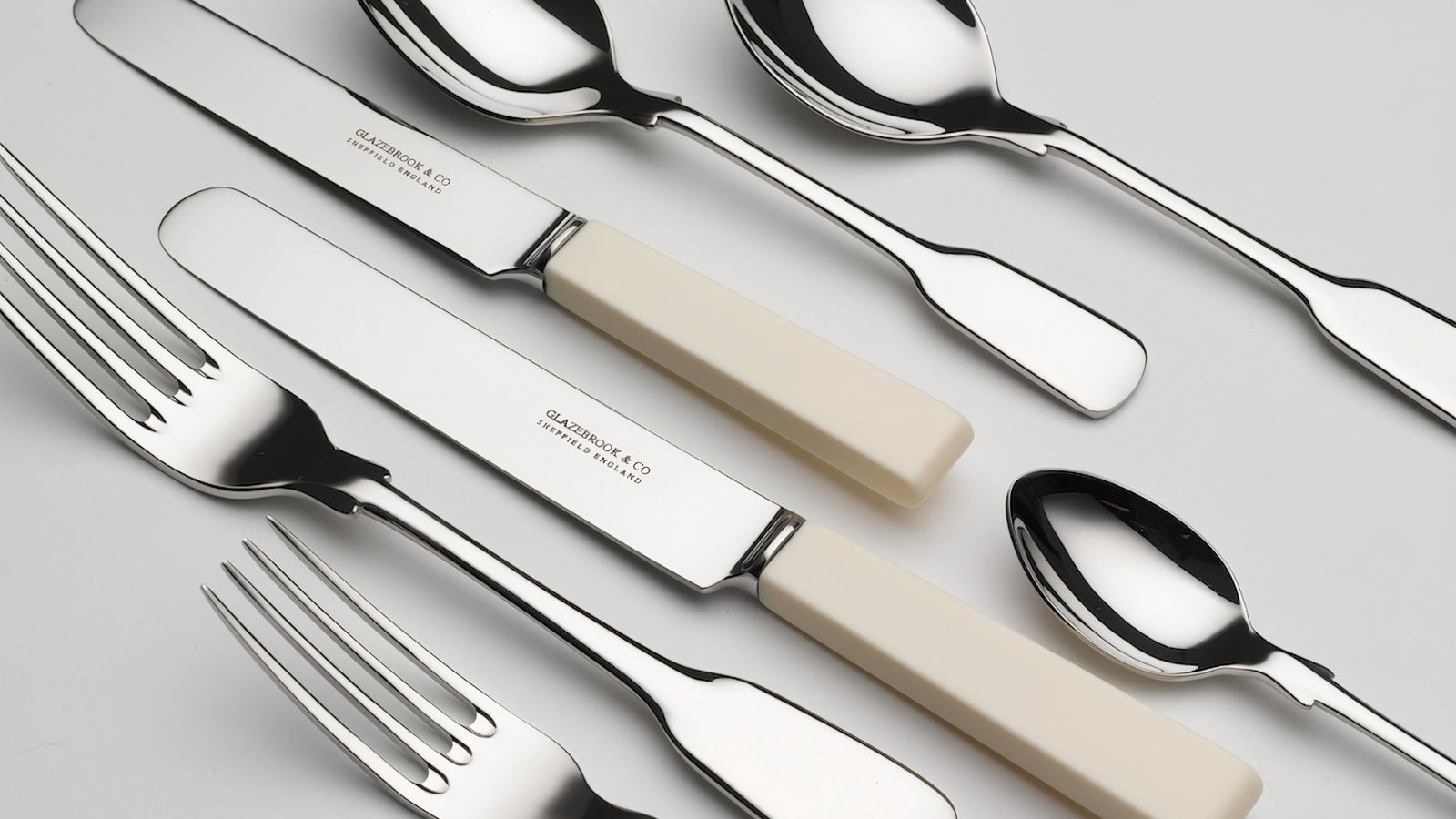

Tired of dull-looking silverware and tedious polishing routines? What if we told you there was a simple method you can try that will effortlessly restore the gleam to your household cutlery?
This lesser-known technique simplifies the act of cleaning silver, making the task more manageable and less time-consuming. This expert 'hack' is particularly handy for polishing your flatware to perfection.
Below, our experts explain how to clean and polish your cutlery in thirty seconds, using four affordable ingredients. Follow these simple steps to achieve a brilliant shine that will leave your silverware looking as good as new.
The easy hack to polish silverware in seconds
'The combination of hot water, baking soda, salt, and aluminum foil is effective in removing tarnish and restoring the shine to silverware,' explains Karina Toner, operations manager at Spekless Cleaning.
To get your cutlery shining once more, you will need the following:
- Kosher Salt
- Baking Soda (we like to use Nutricost Baking Soda from Walmart because it's great for use in cleaning, as well as baking and deodorizing).
- Aluminum Foil
- Hot Water

Karina is the Operations Manager at Spekless Cleaning, a trusted maid service based in Washington D.C. The team has over five years of experience providing top-quality cleaning services for both residential and commercial clients. Karina oversees every aspect of the business, ensuring that every client gets the same top-notch service and a spotless clean every time.
The Method
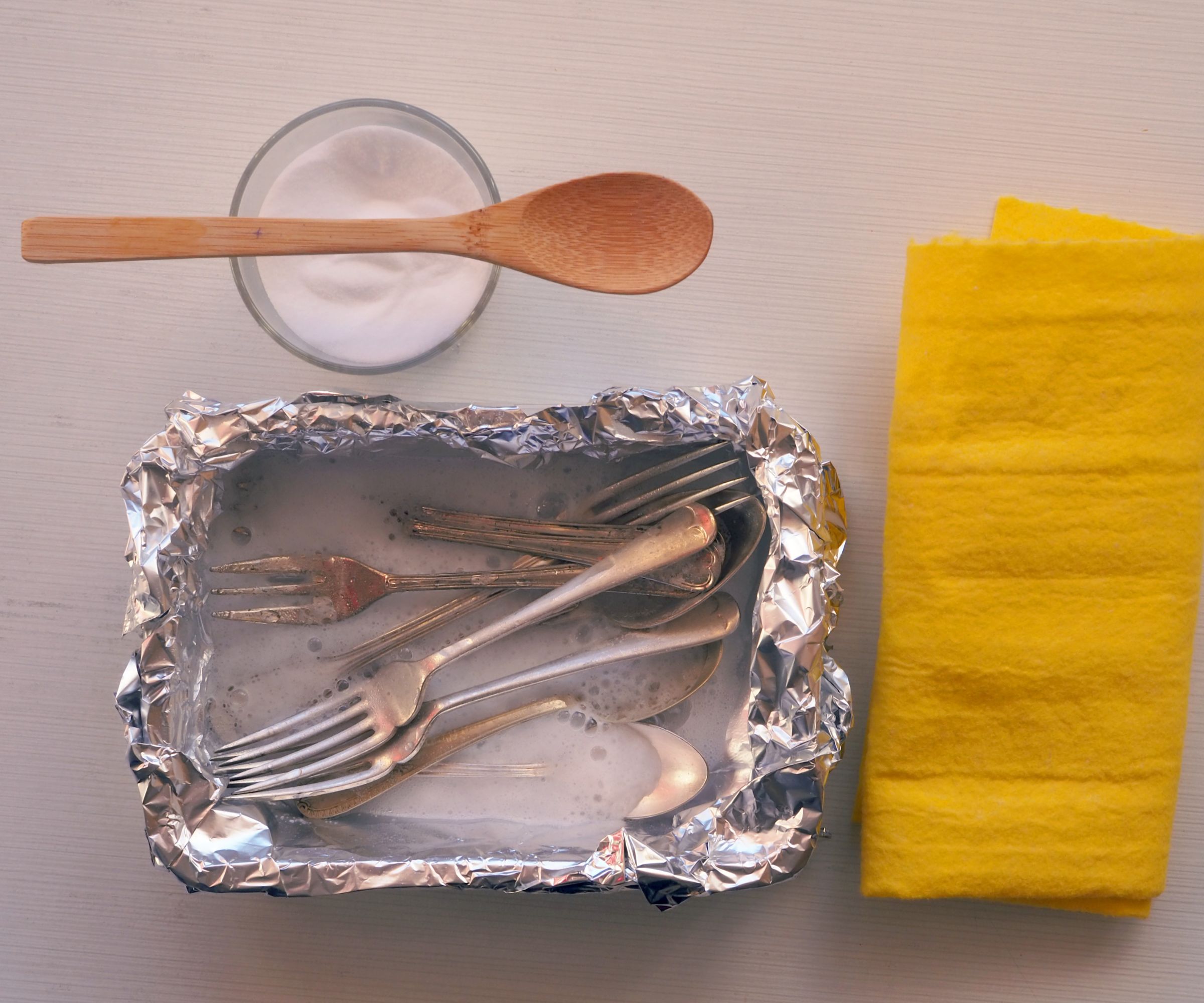
1. Gather your tools: Collect the silverware you want to clean and ensure you have your baking soda, salt, and a sheet of aluminum foil to hand.
2. Line a bowl or sink with the aluminum foil, ensuring it is shiny side up. Place the silverware on top, in direct contact with the foil.
3. Boil enough water to submerge the silverware. Once boiled, pour the hot water into the lined container, covering the silverware completely.
4. Sprinkle a generous amount of baking soda and salt into the hot water. The combination creates a chemical reaction that helps remove tarnish from the cutlery.
5. Allow the silverware to sit in the solution for a few seconds. You can even go as long as 30 minutes for more visible results. You may notice fizzing and bubbling, indicating a reaction is taking place.
6. Remove the silverware and use a soft cloth or sponge, to gently rub it to remove any remaining tarnish.
7. Rinse your cutlery thoroughly under running water.
8. Dry the silverware with a clean, soft cloth, and polish it with a silver polishing cloth for an extra shine.
How and why this hack works
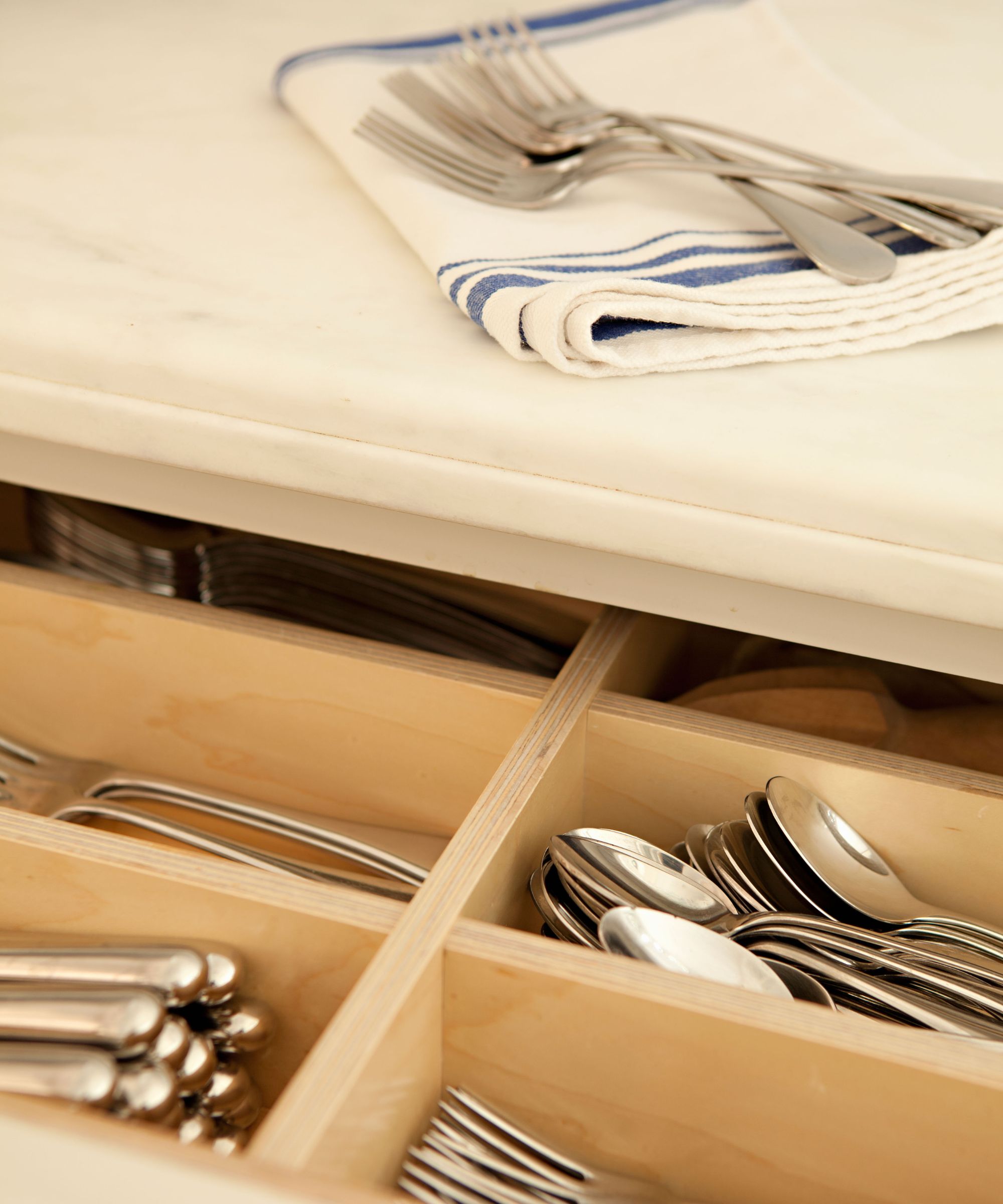
'Baking soda is a mildly abrasive substance, so when used as a paste or in combination with other ingredients, it can help physically remove the tarnish from the surface of the silverware without scratching the metal itself,' explains Thanh Dang, the founder of Food Senpai.
'Additionally, when aluminum crinkle is used alongside cleaning agents like baking soda, it can provide a gentle abrasive action. This helps loosen and remove the tarnish from the surface of the silverware without causing damage.'
The Pros
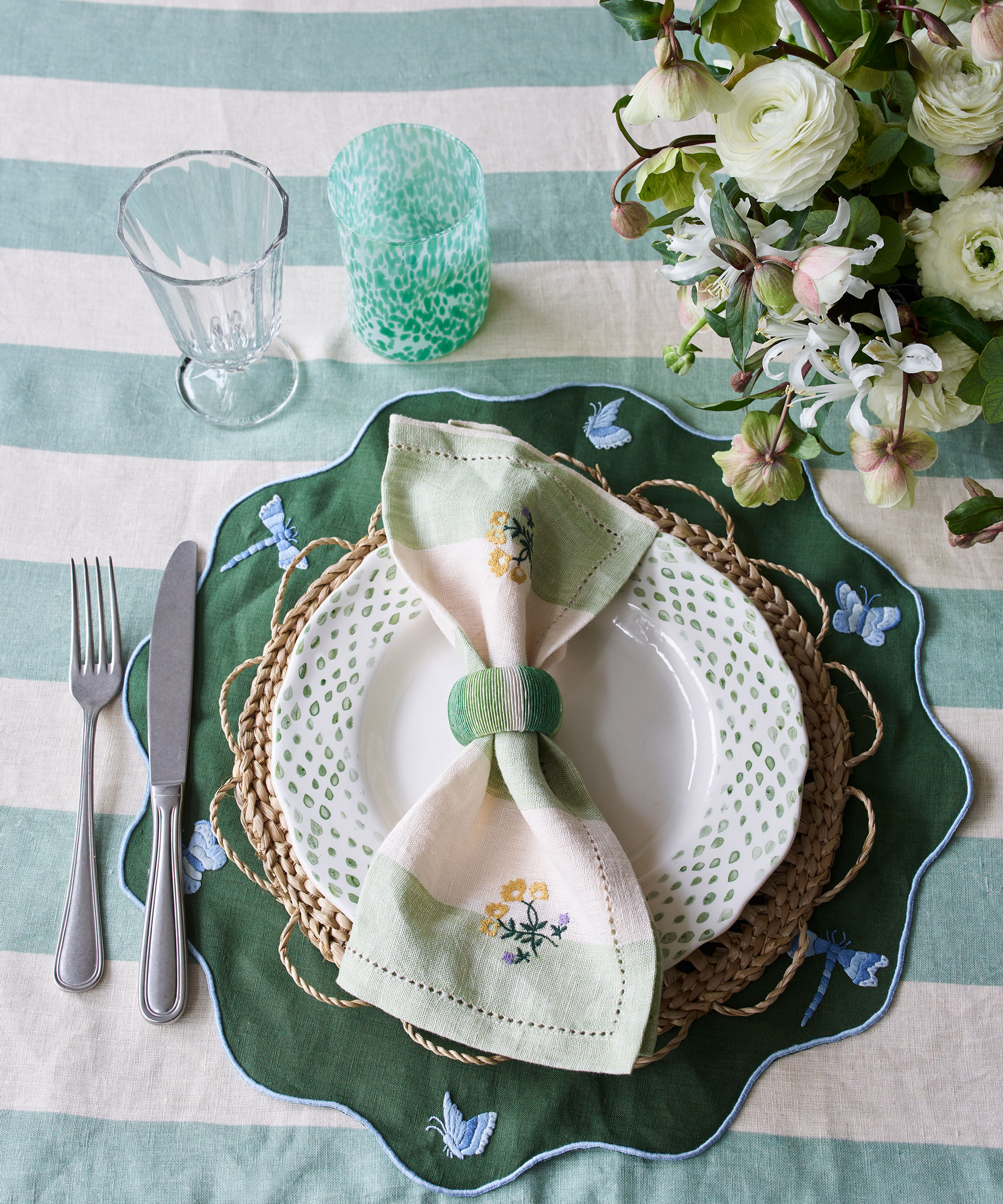
For anyone who appreciates a quick and efficient cleaning routine, this hack will save you time by offering a quick solution to restore the beauty of your silverware.
Not only does this technique allow you to polish your cutlery without scratching it, it's also highly cost-effective as it requires very few household materials. It's also highly effective, meaning you don't have to wash your silverware multiple times to achieve shining results.
The Cons
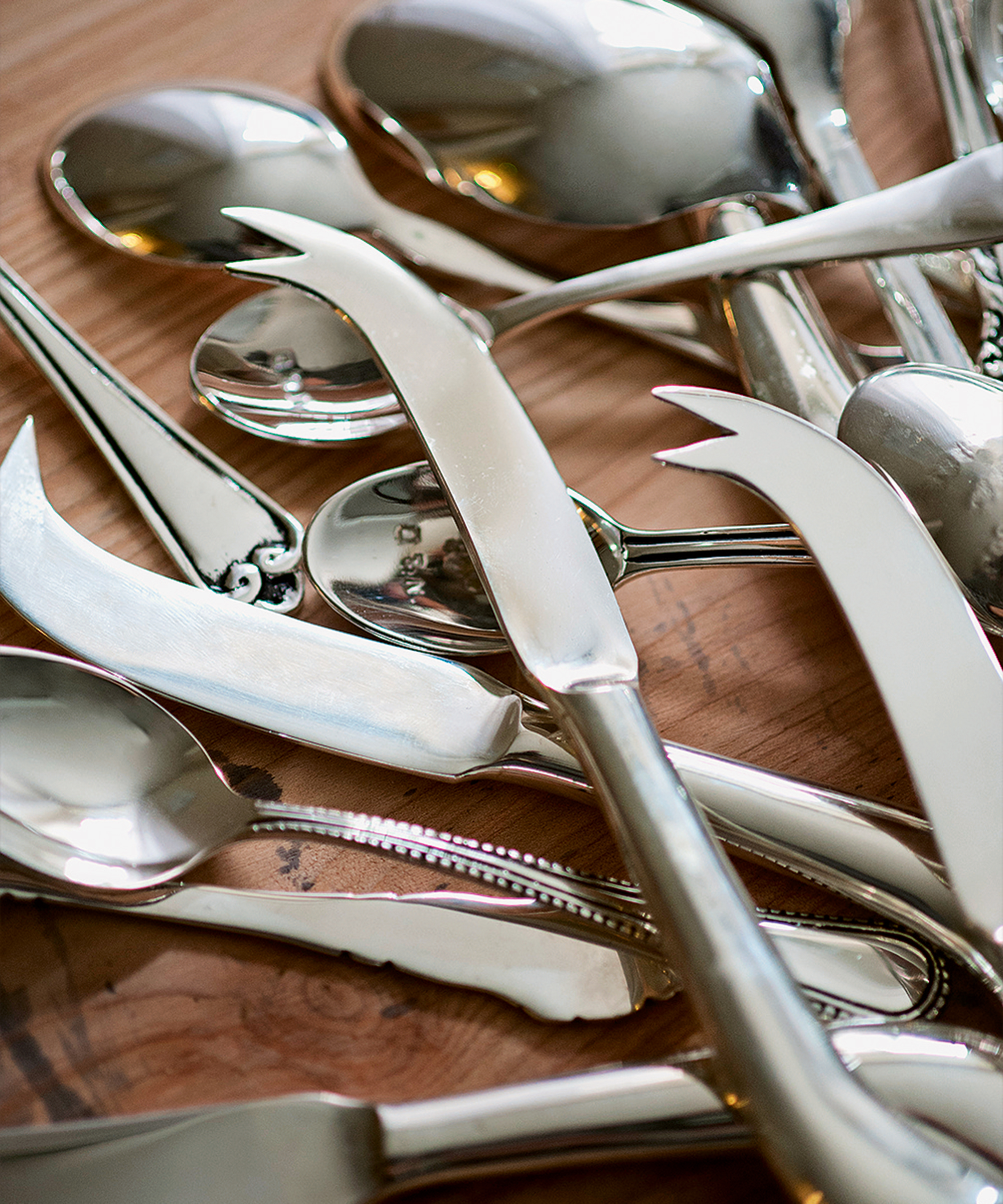
'While this hack is excellent for basic tarnish removal and routine upkeep, it may not be as effective for heavily tarnished or intricate silverware,' warns Karina Toner. 'The process involves a chemical reaction, so it's essential to be cautious and avoid using this method on silver-plated items, as it may damage the thin layer of silver.'
This technique may not be appropriate for really fragile or antique pieces either. To ensure the method is compatible with your cutlery, it is best to test it on a tiny, discrete area first. Professional cleaning may be required for extremely tarnished silverware or delicate items.
'This hack may not be the best option for larger-scale silver items, such as trays and platters, or ornate candle holders, as these often have more surface area and intricate designs,' adds Karina Toner.
FAQs
How do you polish silverware using white vinegar?
Another quick hack for polishing silverware is using white vinegar.
To use this method, combine two tablespoons of baking soda with half a cup of white vinegar. Soak the silverware in this mixture for two to three minutes, then rinse and pat your cutlery dry.
Cleaning with vinegar is effective because it is acidic, so it breaks down tarnish and provides a quick and efficient clean.
'My top tip for anyone dealing with silverware on a daily basis is to wipe your silverware regularly with a microfiber cloth to prevent tarnishing,' advises Thanh Dang. 'This quick maintenance can help avoid the need for more intensive cleaning sessions as it prevents build up and tarnishing.'
Remember, if any tarnish persists, you can gently massage a paste of baking soda and water on the silverware before adding it to the aluminum foil and water.
Sign up to the Homes & Gardens newsletter
Design expertise in your inbox – from inspiring decorating ideas and beautiful celebrity homes to practical gardening advice and shopping round-ups.

Lola Houlton is a news writer for Homes & Gardens. She has been writing content for Future PLC for the past six years, in particular Homes & Gardens, Real Homes and GardeningEtc. She writes on a broad range of subjects, including practical household advice, recipe articles, and product reviews, working closely with experts in their fields to cover everything from heating to home organization through to house plants. Lola is a graduate, who completed her degree in Psychology at the University of Sussex. She has also spent some time working at the BBC.
-
 Miley Cyrus breaks a cardinal decorating rule with her 'floating table' – her unexpected layout transforms a dead space into a stylish breakfast area
Miley Cyrus breaks a cardinal decorating rule with her 'floating table' – her unexpected layout transforms a dead space into a stylish breakfast areaThe singer tosses aside the maxim that furniture shouldn't be floating in the middle of the room with an innovative kitchen layout
By Sophie Edwards Published
-
 It’s a concept straight out of a fashionista's playbook, but I used the Sandwich Method to organize my kitchen shelves – it’s never looked sleeker
It’s a concept straight out of a fashionista's playbook, but I used the Sandwich Method to organize my kitchen shelves – it’s never looked sleekerIt transformed messy to mesmerizing in a matter of seconds
By Punteha van Terheyden Published
